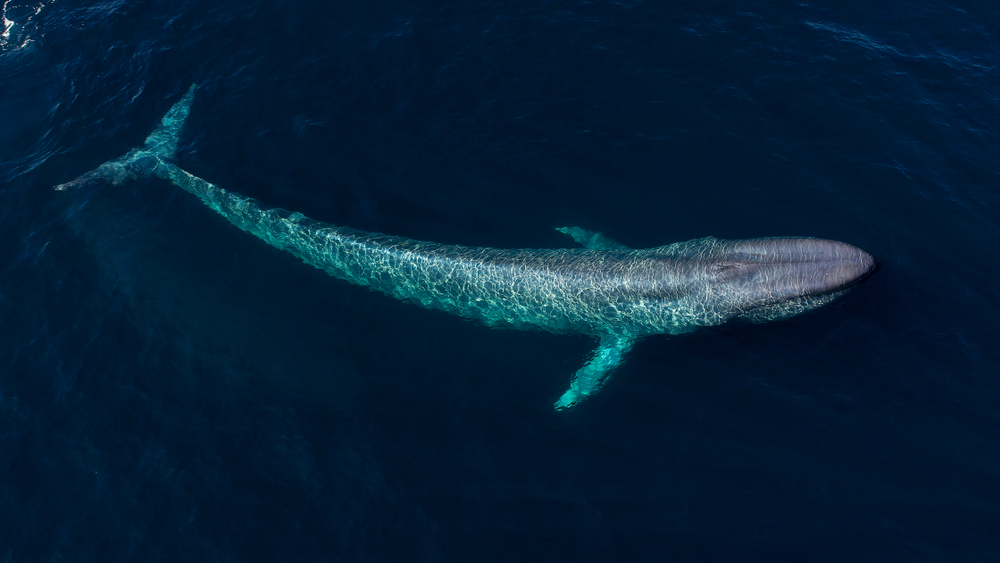Discovering the World’s Biggest
- 5 min read
- By Phillip Imler
Welcome to the fascinating world of the Animal Kingdom, a vast realm teeming with a staggering diversity of creatures. This kingdom encompasses all animals, from the tiniest insects to the mighty whales, each playing a unique role in the intricate tapestry of life on Earth. What sets the Animal Kingdom apart is its remarkable array of species, each adapted to its environment in extraordinary ways.
Being the world’s biggest is not just about size; it’s a testament to the sheer magnitude of this biological realm. With over a million identified species and possibly millions more yet to be discovered, the Animal Kingdom reigns as the largest kingdom in the natural world. From the soaring heights of birds to the depths of the ocean where mysterious marine life dwells, the diversity within the Animal Kingdom is unparalleled.
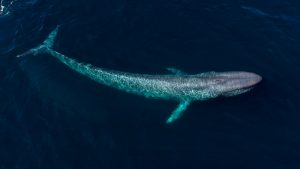
Blue whales are found in oceans around the globe, and their immense size is a testament to the incredible adaptability of life in the world’s oceans. Conservation efforts have been implemented to protect these awe-inspiring creatures, as they faced significant threats from whaling in the past. Today, the blue whale stands as a symbol of the importance of preserving the biodiversity of our oceans.
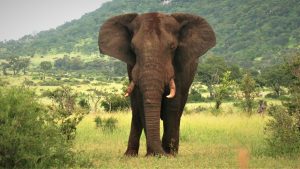
African elephants are characterized by their long trunks, large ears, and tusks, which are elongated upper incisor teeth. These majestic creatures inhabit a variety of habitats across Africa, including savannas, forests, and deserts. Unfortunately, African elephants face threats such as habitat loss and poaching for their ivory, leading to conservation concerns.
These gentle giants play a crucial role in shaping their ecosystems, from maintaining vegetation to creating water holes that benefit numerous other species. Conservation efforts are underway to protect and preserve these magnificent animals and their habitats.
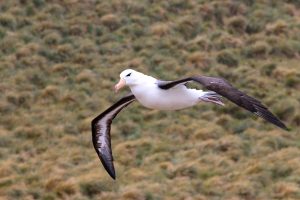
Wandering albatrosses are highly adapted for life on the open ocean, and they spend the majority of their lives in flight, covering vast distances as they soar over the seas. Their long wings enable them to travel great distances with minimal effort, gliding for hours or even days without flapping.
These magnificent birds are known for their graceful flight and are often found in the Southern Ocean, where they cover expansive ranges in search of food. Their ability to cover vast distances and stay airborne for extended periods makes them the largest animals in the sky.
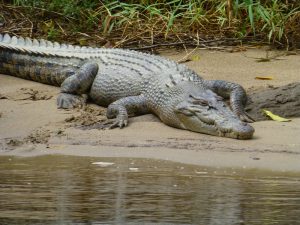
Saltwater crocodiles are known for their powerful jaws, strong bite force, and adaptability to various environments, including coastal areas, mangrove swamps, and estuaries. They are apex predators, capable of taking down a wide range of prey, including fish, birds, and even large mammals.
Due to their size and potentially dangerous nature, saltwater crocodiles command respect and are subject to conservation efforts to protect both the species and human populations in regions where they coexist.
These remarkable creatures showcase the incredible diversity of size and adaptation found across different habitats on Earth, from the vast savannas to the open ocean and the brackish waters of coastal regions. Conservation efforts play a crucial role in ensuring the survival of these magnificent animals and maintaining the balance of their ecosystems.
The blue whale holds the record as the largest animal ever to roam the earth whether on land or in the sea. Larger than any dinosaur, the blue whale is a testament to the vastness of the world’s animal kingdom both in size and in diversity. It is essential that we do everything possible to protect these magnificent creatures.
